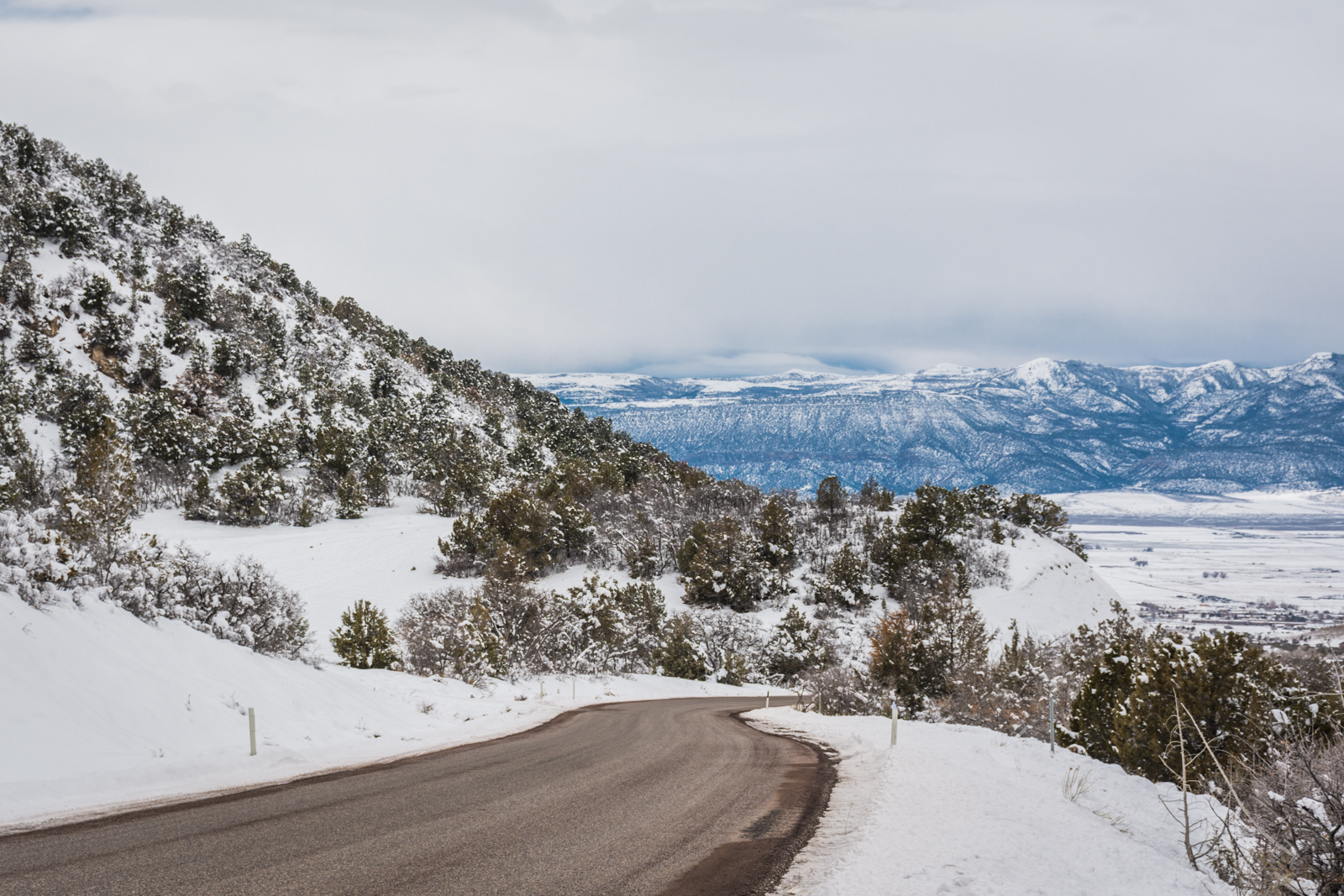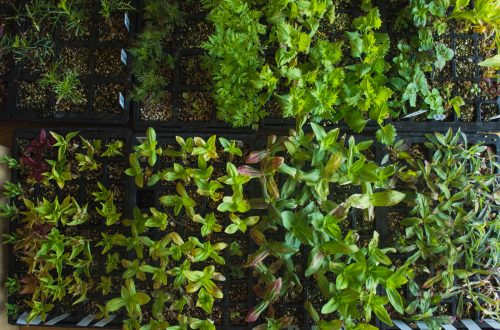
You might think that flower farming is only seasonal — that it only lasts from the last frost until the first frost.
FALSE.
The fact is, flower farming is a year-round profession (regardless of climate or hardiness zone), just simply because there’s so much work to do even in the “off” season. With two full seasons under my belt, I can confidently say that the only “real” break I have happens in December, when I (usually) don’t have much to do with the farm. But the rest of the year, I keep pleeenty busy.
Here’s what’s happening on the flower farm in January:
Note: There are affiliate links below to products and books mentioned.
Planning, Planning, Planning
One of the biggest tasks on any flower farmer’s January to-do list is to effectively plan out the coming season, including what will be planted (and how much), where it will be planted, and when it will be planted. You have to take into account if you’ll need to do multiple successions of certain crops, as well as making note if you’ll be overplanting any beds (aka, ripping out something that blooms earlier in the season to make room for a crop that will bloom later).
There are a lot of ways to approach this. You can go fancy with spreadsheets that will include quantities and dates, or you can go simple with a blank piece of paper and hand-drawn rectangles representing beds. Some people like visual boards, where they cut out pictures of the various flowers and crops and arrange them how they’ll go in the field. However you do it, planning is a crucial step in the process since it will help to ensure you don’t fall behind on your seed starting and also help you to know how many seeds you actually need to plant (or order, if you haven’t done so yet).
Three things I almost always have with me when I do my planning:
- Johnny’s Seed Catalog, to reference days to maturity, height, and other growing information
- Cut Flower Garden by Erin Benzakein for a season-by-season breakdown of different crops
- Cool Flowers by Lisa Mason Ziegler, to plan out when to start each of my hardy annuals
One thing that will help enormously with the planning process is if you have detailed notes from previous seasons. I keep notes from year to year on exactly when I start seeds, how long I keep them inside, how many I start, how many actually survive to transplant, and which crops I end up losing (if any). Looking carefully at the successes and failures of the season before helps to determine if I need to change what and how much to plant, or maybe when I need to plant something.
Good record keeping is a crucial part of the flower farming life.
Prepping for Tax Season
Speaking of keeping good records, you also need to keep excellent financial records of all your income and expenses, including a breakdown of what category each expense fell under. You also need to make sure you track any mileage you cover in your vehicle for your business.
Since spring is so busy on the farm, I try and prep all my tax documents and receipts in January so that we can file taxes in early February. This ensures that I’m not having to worry about it during the craziness of spring planting and harvesting, and it also means that if I’m due a return, I can have those funds before my season opens to the public, which is always super helpful.

Ordering Spring-Shipped Bare Root Plants and Bulbs
While I definitely order my fall-planted bulbs (such as my tulips) at least six months in advance, I’m a little less worried about getting my spring orders in super early, simply because they don’t usually tend to sell out as fast, unless you’re looking for a highly coveted dahlia tuber or something. I don’t wait too much beyond January, however, because some of the things I do want very specific varieties of (such as my roses) will often be sold out any later than that.
This year, I’m ordering bare root roses from David Austin (definitely one you don’t want to wait to put in your preorder), lilies, a few dahlia tubers, and some anemone corms (since I dropped the ball and didn’t order them in the fall like I should have). Lilies and roses are usually my biggest spring orders since dahlias, ranunculus, and anemones can also be shipped in the fall, but this year I was a bit behind.
Ordering Marketing and Office Materials
Often the end of the season is incredibly hectic and then I’m slammed immediately with the tasks of needing to dig up all the dahlia tubers AND plant all the tulips, which means I usually don’t get a chance to do a good inventory of what supplies I still have left and what I need to order more of. January is the perfect time to take stock of things like business cards and business stickers, brown kraft paper and rubber bands, and the flower food packets I include with each bouquet. I try and estimate what I’ll need throughout the whole season and order it all upfront so that I’m not leaving myself short of crucial things in the busiest part of the season. (I’ve included links to the exact products I order in case you’re curious.)
I also make sure I’m fully stocked on my seed starting materials, including liquid fish emulsion, the three components of my homemade seed starting mix (vermiculite, coco coir, and perlite), and my favorite size seed trays.

Seed Starting (The Slow Growers)
About halfway through January, I actually start the first of my seeds. Now, considering that I usually can’t transplant many things until mid to late May, mid-January is EARLY to start seeds, so I’m only starting the very slowest of the slow. The only seeds I personally start in January are my lisianthus, foxglove, delphiniums, and any perennials I’m trying to grow from seed (such as eryngium or columbine). In the future I’ll start my eucalyptus seeds at this time, although I haven’t been able to have any luck in scoring seeds for the kinds I want yet.
Although seed starting is fun and exciting at first, it can wear on you after many, many months of needing to constantly water and add weekly doses of fish emulsion, so anything I start this early has to have definitely earned its way into my flower farm in order to be worth the five months I’ll be tending to them.
And that’s the flower farming plan for January! Drop any comments or questions you have below.






